Hi Friend! If you have probably been thinking of planning a missions trip or thinking of choosing the Caribbean for your next annual trip. Then this post is for you!
Thanks in advance for reading this post; I hope you find these simple suggestions helpful.
Being involved in ministry almost all my life I never thought of myself as being or becoming a missionary. However, after leaving my country and settling in a new place I felt a bit ‘missional’ at first. Added to that, being part of the mission’s teams and having hosted several teams I wanted to share some important and helpful thoughts and discoveries with you. These were helpful to me and may be of assistance to you if this is something you are interested in becoming involved in.
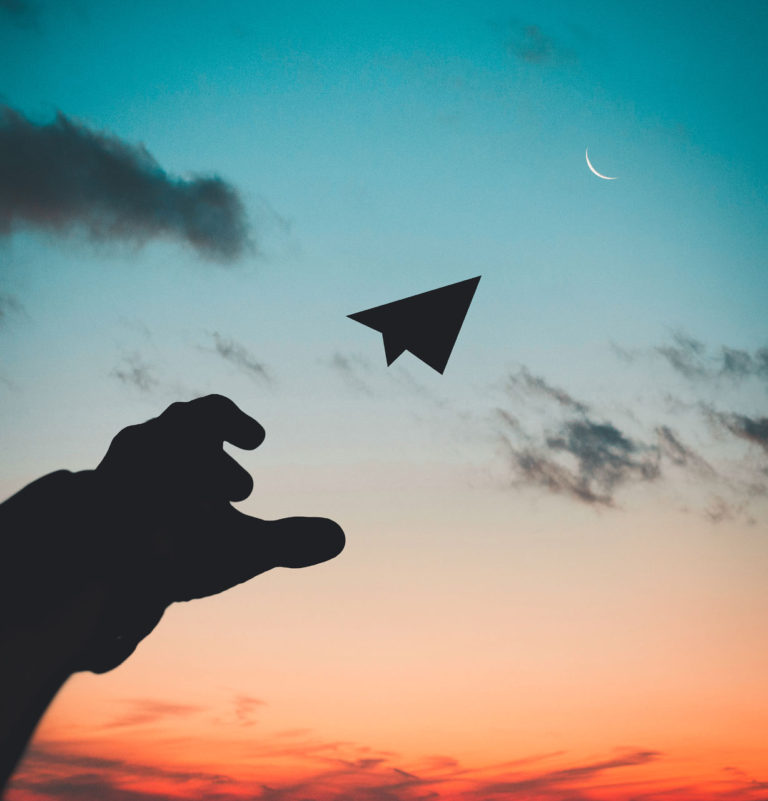
Firstly, I will like to say the Caribbean is a beautiful place. However, that does not mean that doing missions here is luxurious or requires little effort. Two good things I may add are that one; it may be less challenging than other locations elsewhere in the world and two; the Caribbean may be very accessible from various locations.
Here are some things I have learned from being involved with missionaries and being part of missions myself. It is intended that some or all of these tips will help you decide if you want to do missions in the Caribbean. Some are applicable to any location you decide to choose. There is nothing more rewarding than imparting change in the life of individuals that you meet, that’s why missions are worth doing.
So here are 10 Things to consider when planning your mission trip. There are many more things involved in planning a mission trip, but there may be one or two here that you probably have not thought about.
1. Get a great local contact when planning a missions trip
A great local contact can help make your mission trip ordinary or extraordinary. Someone who is well-informed and is able to help you save time and money. I have personally learned a few things every time I have hosted mission teams. Every team has different objectives and expectations along with the expectations of your hosts and locals.
I have also made some errors that help me learn important lessons to keep in mind when planning. Several times I wished I would have done something differently. For instance; chose a different type of accommodation or go to a different school. After reviewing I noticed it would have helped make the team’s experience even more rewarding.
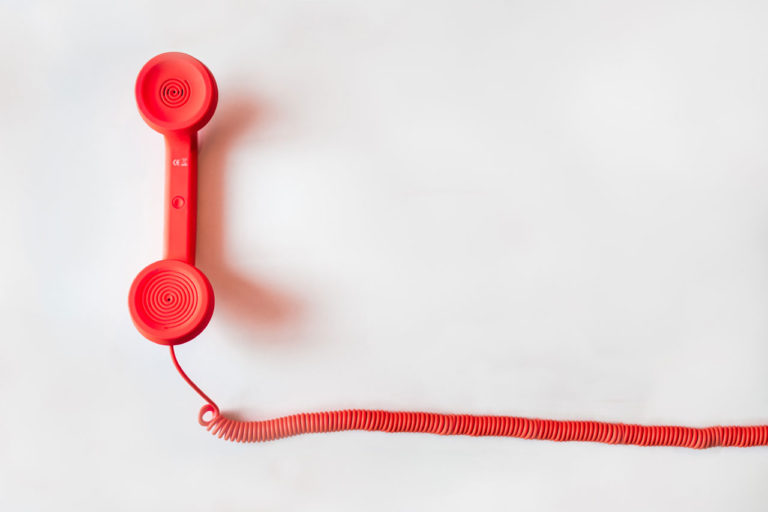
It’s very critical to give your local contact clear instructions on your team’s objectives and expectations. Who do you want to reach? What do you want to achieve while on your trip? Also, find out where your help may be needed most during the time period you are planning to visit.
You can source contacts through, churches, non-profit organizations, government agencies, or even close friends you may know from the Caribbean. They may have helpful information about someone or some group you can contact. Once you have established contact the teamwork can begin to plan a successful trip.
2. Consider Spring Break When Planning A Missions Trip
Quite often ministry teams may consider missions trips to the Caribbean during spring break. This is a great time if you intend to do ministry in churches, and communities, work, and witness, outdoor evangelism, etc. The weather is usually wonderful and is suitable for any outdoor ventures. If however, you are planning to do ministry in schools, this is not the best time. The school term is winding down around this time and teaching staff can have their hands and heads full. While you may be able to be accommodated, you possibly will not get the amount of time that you would, when there is not so much pressure to end the term well.
It is also important to note that Spring break actually occurs about two or sometimes three weeks before the pre-Easter school term ends and it’s a busy time of year. Most times schools in many of the Caribbean islands close the week before Good Friday or the week of Good Friday. Once you have an idea of when Easter begins, this can help you gauge approximately when the school term may be ending. I encourage you to ask your local ministry contact about the school term ending date so you can make the best decision for your trip.

3. Consider Immunization When Planning A Missions Trip
While it’s not one of your goals to be ill while on a mission trip, you would want to ensure your immunization is up to date. Yes, you are right, immunization can’t protect you from all forms of illness, and diseases. But where there is precaution, it’s worth taking. There are specific shots required for different areas so see what you need for your chosen destinations. You can ask your local contact or you can do some research to find out what is necessary.
4. Consider Clothing When Planning Your Missions Trip
Clothing may not be a consideration for some but it’s important to know that what you wear can sometimes cause offense. I’m not suggesting that you dress in long skirts and long sleeve shirts. It is acceptable to avoid shorts that are too short, spaghetti straps, and mini shirts during mission sessions. This applies to ladies, of course, most males I have come across dress considerably well during mission activities.
It’s good advice to have printed T-shirts or polos for formal sessions. It’s quite affordable to get these done and very often the more you do the cheaper the price gets. I personally use Vista print. They have good quality and good service.
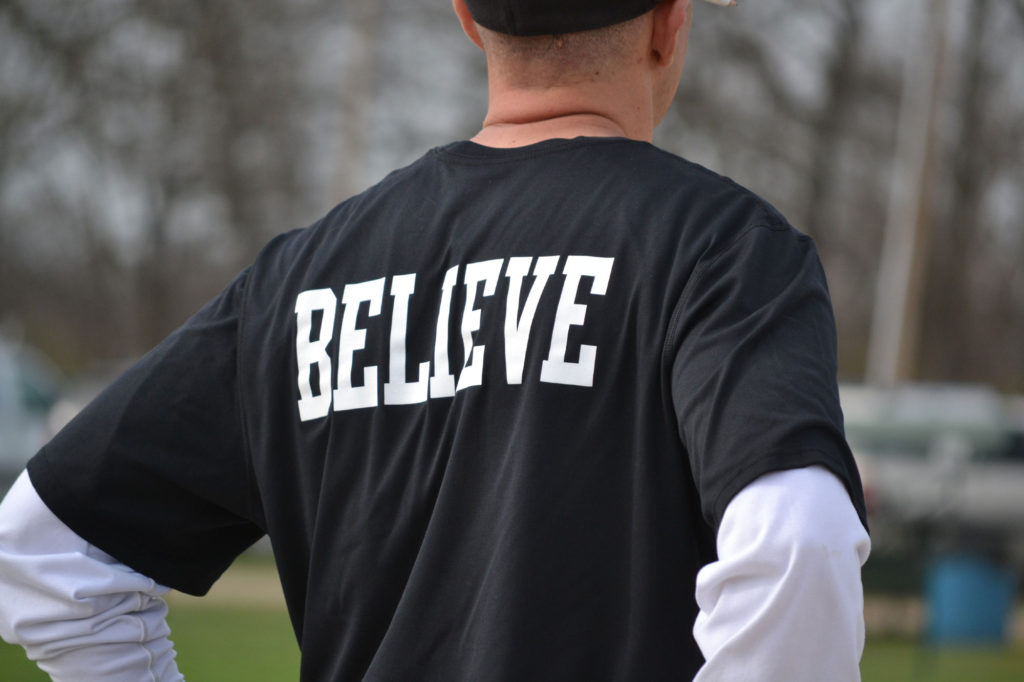
If t-shirts are not something you want to spend money on, that’s fine. Ask your local contact about was is appropriate. Mind you there may be places you would visit and you might fit right in with “short” shorts, but it’s important to be sure.
5. Consider Location When Planning Your Missions Trip
I must admit doing missions in the Caribbean can be a quite beautiful experience. But when I speak of location, I am talking about proximity to certain basic things. It’s great to minister in any community since your ultimate goal is to touch lives and create a change of heart. Nevertheless, it’s also comforting to know how long it would take to get to the nearest hospital in case of an emergency, supermarkets, and gas stations if you are transporting yourself along with other things worth knowing. While this is not your main focus it surely won’t cost extra to find out.
There are helpful tools like google maps, bing maps, and here we go. These provide very accurate information on location, and now more than ever are assets to any trip.
6. Consider Climate When Planning Your Missions Trip
In the Caribbean, there are basically two seasons, the dry season; January – May, and the rainy season; June to December. If you are thinking of “work and witness” the dry season provides beautiful days where you can get lots of outdoor work done. Most times changes in the weather begin to take place during the month of May. During this month occasional to frequent rainfall might begin as it is the month between the two seasons. You can still do quite a bit of ministry during the rainy season but be sure to include contingency plans if it includes outdoors.
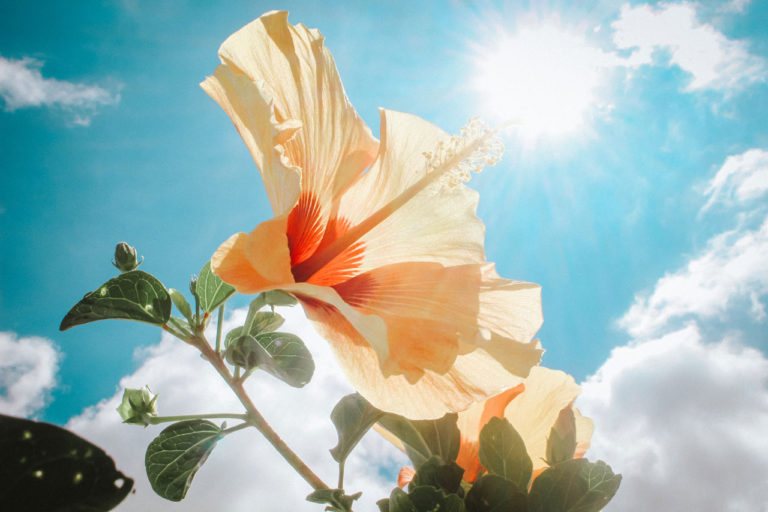
There are lots that you can do on mission trips, and many teams do a combination. Most teams have diversity among them and are able to accomplish several tasks during one trip to achieve an ultimate goal. Here’s a free list of ten categories you can choose from if you are thinking of a mission trip. You can focus on one or choose a suitable combination based on your ability or the abilities of those on your team.
7. What To Carry When Planning Your Missions Trip
As you plan your trip you may be wondering what are some of the things you may want to be sure to have on your Caribbean missions trip. Besides the obvious things, I encourage you to include these.
A. Sunblock – it’s important to get one with a good high number it provides more protection. My favorite to recommend as they protect your skin from UVA and UVB rays is Hawaii Tropic 50. All skin tones can be affected by these sun rays, but these can work for any skin tone. I have used and known this brand since I was a child and I know it provides great protection.
B. Insect repellent – the deep forest repellent is quite effective for all areas. This is based on feedback from various teams that have used all different types of repellents. Most times each person has their own and often times someone might say “I am still being bitten”. Those with the deep forest aren’t usually the ones saying this.
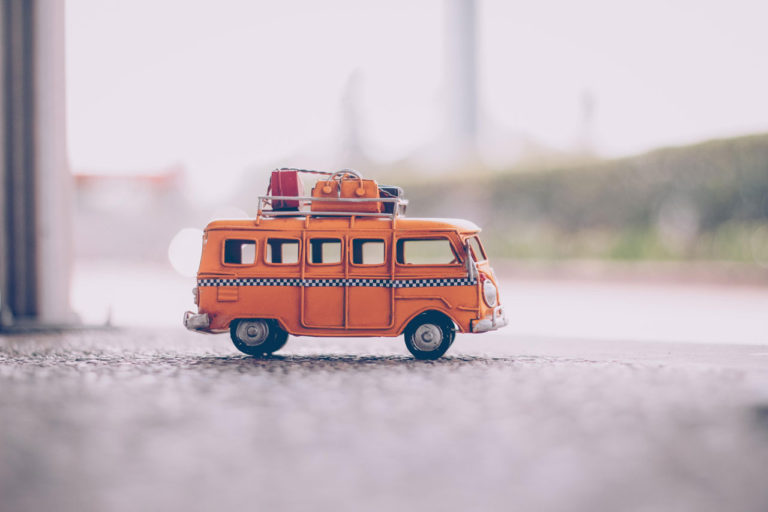
C. Unique food items (probably diet-specific) and general foodstuff that may be cheaper to walk with. This of course will be based on your length of stay.
D. Medications – If you are on special medications or prescription drugs it’s good to walk with what you need and extra just in case; you may not necessarily get your preferred brand. In addition to personal meds, you may want to consider having a great first aid kit. One that can handle a bit of trauma and is waterproof cause there are always situations that require first aid. I would also go as far as to recommend having some Panadol on hand and basic allergy medicine.
E. Your own sheets, towels, and even portable mosquito nets. They don’t have to be your best bed sheet, but you know for sure you’re comfortable sleeping on them. Also if mosquito nets are not available where you will be staying there are a large variety of portable nets for any size mattress. They work great and are easy to carry in your luggage.
8. ConsiderTravel Insurance for Mission Trip group
It’s not a bad idea to get travel insurance as part of the overall cost of the mission trip. Truth be told you are not planning to have an accident or incident, but there is security in knowing if something happens you are covered.
I recall one mission team that we work with several years ago. One gentleman from the team fell on a piece of iron that pierced him in the side. Everyone tried to figure out how it had happened. Thank goodness that the team had a good travel insurance plan which made quite a difference. Forbes provides a list of top travel insurance companies along with testimonies that you can check out.

9. Consider Food
I have worked with teams that traveled with most of their food to their destination. They didn’t mind paying for a few extra suitcases filled with their preferred foods, along with pots and pans. This does not mean that they are not available where they are going. However, it may help save some money and in a way prevents illness caused by foods that people could be unaccustomed to. It is quite ok, however, to consume tasty local dishes which, I am sure those you visit will be delighted to prepare in return
10. Consider Immigration
Last but by no means least where ever you are planning your visit, it’s good to consider immigration requirements. In some places, you may be required to pay extra fees for carrying certain items into the country. Others will allow you through freely the moment you tell them your purpose.
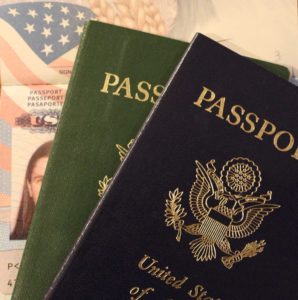
Ask your local contact about the requirements and permissions that can help you to be processed quickly without too many questions. We have at times written to particular departments of government to waive fees related to mission work. It makes a big difference, especially to those who sacrificed to come on the trip.
That’s It
Now that you have this list of some important things to consider, you can begin to plan your next mission trip
. If missions are your strong suit and there are other pieces of advice that you can add to this list, which is by no means exhausted feel free to email me or post in the comments below.
Thanks for reading and I trust that at least one of these tips will help make your trip more successful. Do forget to grab your free list of things you can do during a mission trip.
Be sure to stay safe and blessed. And as always thank you for reading this post.
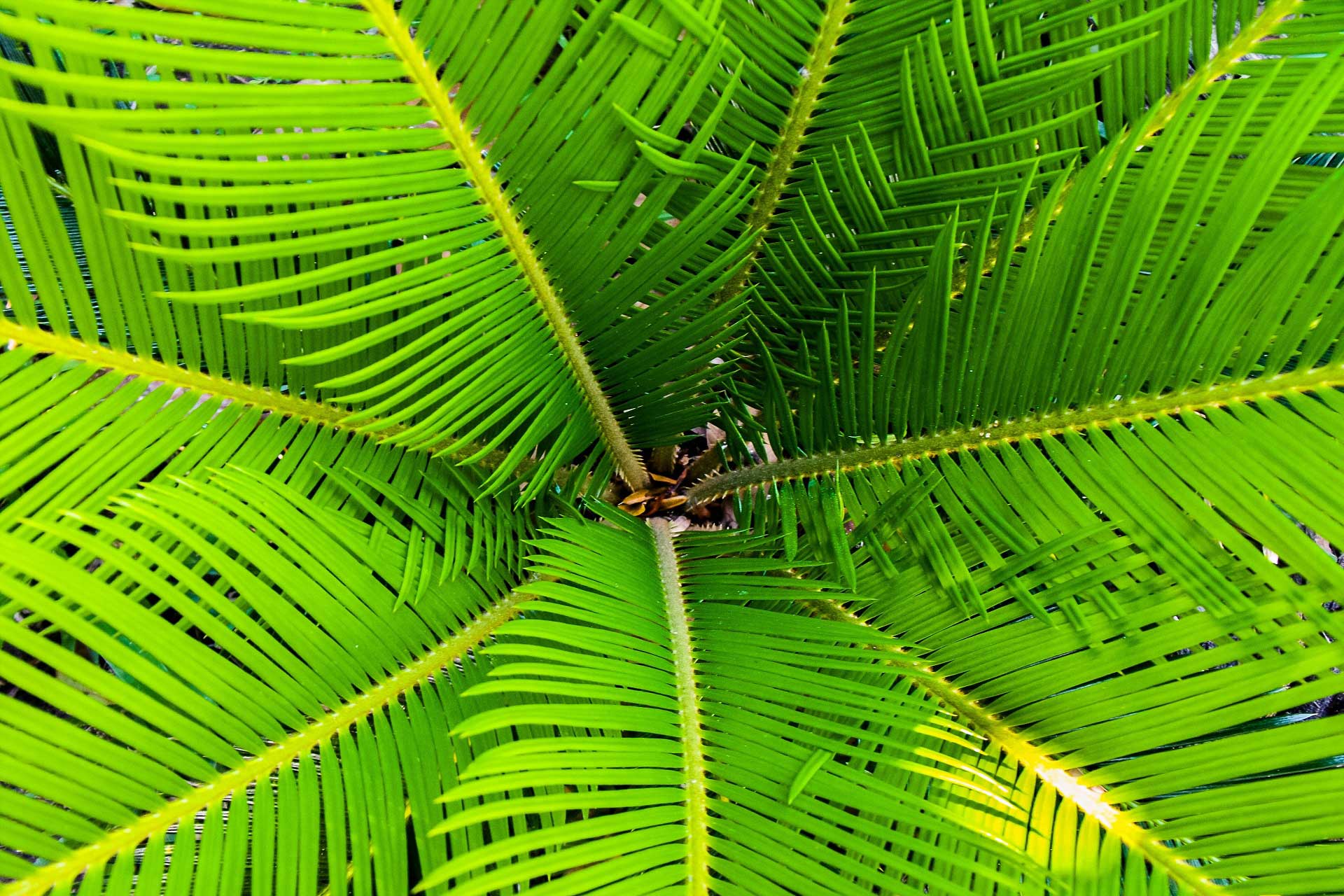



No Responses